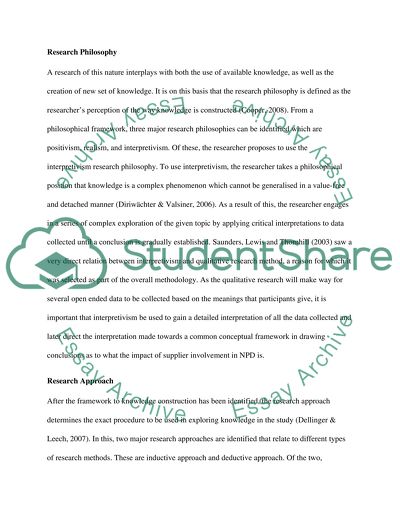Cite this document
(“Suppliers involvement in new product development Essay”, n.d.)
Suppliers involvement in new product development Essay. Retrieved from https://studentshare.org/marketing/1673667-suppliers-involvement-in-new-product-development
Suppliers involvement in new product development Essay. Retrieved from https://studentshare.org/marketing/1673667-suppliers-involvement-in-new-product-development
(Suppliers Involvement in New Product Development Essay)
Suppliers Involvement in New Product Development Essay. https://studentshare.org/marketing/1673667-suppliers-involvement-in-new-product-development.
Suppliers Involvement in New Product Development Essay. https://studentshare.org/marketing/1673667-suppliers-involvement-in-new-product-development.
“Suppliers Involvement in New Product Development Essay”, n.d. https://studentshare.org/marketing/1673667-suppliers-involvement-in-new-product-development.


